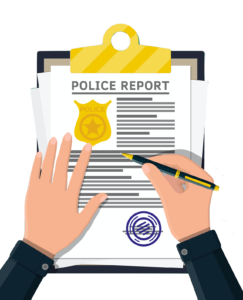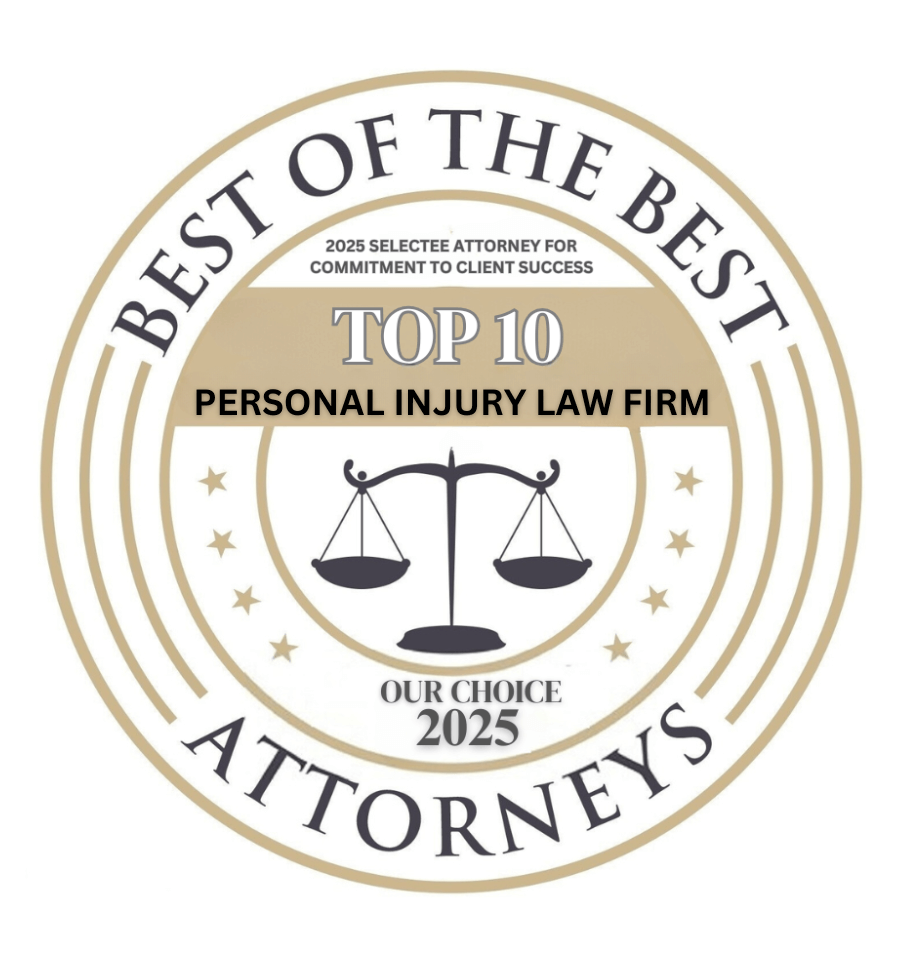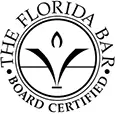The Dangers of Unqualified Truck Drivers

Commercial trucks are some of the most intimidating vehicles on the road. Their size alone can make any driver sharing the road with a semi-truck a bit nervous. Large trucks are even more threatening when there is an unqualified driver behind the wheel. And the scariest thing is that you don’t know that a driver is unqualified until they wreak havoc on the road.
Read on to understand the training, licensing, and other state and federal requirements for commercial truck drivers, the damage that can result from putting unqualified drivers behind the wheel, and what to do if you have been injured at the hands of an unqualified truck driver. Learn from the skilled attorneys who have dealt with cases like this, schedule a free consultation with Boohoff Law to discuss your case.
Requirements for Driving a Truck in Washington
State and federal laws detail the licensing requirements for commercial truck drivers, impose limitations on the size and weight of commercial vehicles, and set parameters for the number of hours a driver can be on the road at one stretch.
Securing a Commercial Driver’s License
Not just anyone can legally get behind the wheel of a commercial truck in Washington. Under federal and Washington law, many vehicles require that the driver secure a Commercial Driver’s License (CDL) before operating that vehicle.
The following types of trucks require the driver to carry a CDL:
- A single vehicle with a gross vehicle weight rating (GVWR) over 26,000 pounds;
- A combination vehicle with a gross combination weight rating (GCWR) of over 26,000 as long as the GVWR of the towed vehicle exceeds 10,000 pounds; and
- Any vehicle hauling cargo that requires a hazardous material placard or carrying certain toxic substances.
To get a CDL in Washington, a driver must:
- Be at least 18 years old;
- Have a valid Washington state driver’s license;
- Provide a valid Social Security number or demonstrate lawful permanent residency;
- Disclose the states where they have had a driver’s license in the last ten years;
- Indicate the type of commercial vehicle they expect to operate;
- Pass required knowledge tests that are based on the type of vehicle they will be driving;
- Pass vehicle inspection, basic vehicle control, and on-road driving skills tests; and
- Pay required fees.
A driver can hold a Commercial Learner’s Permit based on the above qualifications. This permit is valid for 180 days, and can be renewed once. Before the permit holder can secure a CDL, they must complete a commercial driver training program. Two options will satisfy the training requirement:
- Completing a certified course at a commercial driver training school that has been approved by the Department of Licensing (DOL); OR
- Completing a commercial driving training course through an employer if the employer is registered with DOL.
Several circumstances will disqualify a driver from securing a CDL or cause revocation of the CDL for a period of time depending on the severity or frequency of the offense. These include:
- Driving under the influence of alcohol. A driver will have their CDL revoked if law enforcement discovers that the driver’s blood alcohol concentration is 0.04 percent or more while operating a commercial motor vehicle (CMV) or they are found to be driving a CMV while under the influence of alcohol or any controlled substance. Refusing to perform blood alcohol testing is also cause for revocation.
- Criminal behavior. If a CMV driver leaves the scene of an accident, commits a felony involving a CMV, drives a CMV with a suspended license, or causes a fatality through the negligent operation of a CMV they will have their CDL revoked.
- Traffic violations. If a driver commits two serious traffic violations within three years in any vehicle, they will have their CDL revoked.
If an individual drives a commercial truck without the appropriate permit or license, they violate state and federal law. These laws are in place because any driver who fails to comply with proper training and licensing requirements is much more likely to cause an accident.
Vehicle Requirements
Washington limits the size and weight of commercial trucks. These rules are enforced by requiring vehicles to stop at open weigh stations for weighing and inspection. The state patrol and local law enforcement are also empowered to pull over commercial vehicles for inspection.
- Length: for single vehicles or vehicles with trailers, the maximum legal length is 53 feet. Double-trailer combinations cannot exceed 61 feet. Truck and trailer combinations cannot exceed 75 feet. There are some exceptions to these maximums but they are quite limited. In addition to limitations on the length of the vehicle and trailer, a load cannot extend for more than 15 feet behind the center of the rear axle or three feet past the front bumper.
- Width: no vehicle may be more than 8.5 feet wide.
- Height: no vehicle may be more than 14 feet high, including the load the vehicle is carrying.
- Weight: a CMV’s allowable weight depends on the truck’s size and number of axles. The maximum legal weight for combination vehicles is 80,000 pounds. A permit is necessary to exceed the maximum weight requirements for any category of vehicle.
In addition to size and weight, Washington requires that commercial trucks over 10,000 pounds carry tire chains from November 1 to April 1, or whenever they traverse a mountain pass. Heavy vehicles must also travel in the right lane unless preparing to turn left or to pass another vehicle, and if slower speed limits are posted for trucks, truck drivers must observe those limits.
Driving Restrictions

Washington and federal laws place restrictions on the number of hours a driver is permitted to work. For vehicles that carry property (rather than passengers), drivers:
- May only drive a maximum of 11 hours and after ten consecutive hours off duty;
- Cannot drive beyond the 14th hour after coming on duty;
- Must not drive after 60 hours on duty in seven consecutive days or 70 hours on duty in eight consecutive days. A driver may restart a seven or eight consecutive day period after taking 34 or more consecutive hours off; and
- Drivers utilizing a sleeper berth must spend at least eight consecutive hours in the sleeper berth plus two hours either in the berth or off duty.
To ensure compliance with these requirements, the driver must record every 24-hour period on duty in a driver’s logbook. The logbook must be available for inspection any time the driver is on duty, and law enforcement officers may request to view a driver’s logbook.
Consequences of Unqualified Driving
As you can see, commercial truck drivers must comply with requirements and restrictions intended to ensure that they are qualified to drive behind the wheel of a semi-truck. Failure to comply with any of these obligations can significantly increase the risk of an accident involving a large truck.
Large Truck Accident Statistics
Accidents with large trucks are particularly dangerous, and avoidable factors are an unfortunate component of many truck crashes. The Federal Motor Carrier Safety Administration performed a large truck crash causation study. The study found factors related to how the driver contributes to crashes, including:
- Driving too fast for conditions;
- Over-the-counter drug use;
- Fatigue; and
- Inattention and distractions.
In one recent year, nearly 5,000 large vehicles (trucks and buses) were in fatal crashes. This was a 9 percent increase from 2016. The rate of involvement for large trucks increased by 6 percent. There was also a 5 percent increase in the number of large trucks involved in crashes that caused injuries, with a total of 107,000 crashes resulting in injuries. The data shows that large truck accidents due to driver error are unfortunately common.
Injuries in Truck Accidents
Collisions can occur with commercial trucks through a direct collision with the vehicle, striking cargo that the semi-truck has spilled on the roadway, or colliding with another vehicle that is trying to avoid a semi-truck that has jackknifed or rolled over.
Regardless of what type of truck accident you encounter severe injuries can result such as:
- Traumatic head and brain injuries: If you are struck by a commercial truck with significant force, you may suffer head or brain injuries, including skull fractures, lacerations, and brain injuries. These injuries can have lifelong impacts.
- Spinal cord injuries: If your body is thrown around or twisted during the accident, you may suffer from a spinal cord injury.
- Neck injuries: As in many vehicle crashes, vehicle occupants may experience whiplash, herniated discs, slipped discs, and nerve damage in a truck accident.
- Broken bones: As occupants brace themselves or come into contact with objects in the vehicle during a crash, they may suffer broken bones. Depending on its severity, a break may require multiple surgeries.
- Cuts, bruises, and soft tissue injuries: Vehicle occupants’ bodies are often beat up during a car accident, which can result in torn ligaments and pulled muscles.
In addition to the plethora of injuries that may result from an accident, your vehicle may sustain damage during any accident with a truck. While your injuries should be the first thing on your mind, you will also deserve to secure a financial recovery for property damage.
Pursing Recovery After a Truck Accident
If you have been involved in an accident with a truck where the driver was unqualified or failed to comply with any state or federal laws or regulations, you are entitled to financial recovery. The first thing you should do is ensure that you and any other vehicle occupants receive immediate medical attention. Even if you do not believe you are seriously injured, you should seek a medical evaluation soon after the accident. Adrenaline may hide pain. Additionally, failure to seek timely medical attention may limit your ability to recover compensation for the full extent of your injuries.
You will also need to gather evidence to prove that the truck driver was unqualified or improperly licensed, or violated a law or regulation, and that this lack of qualification or violation contributed to the accident. One important piece of evidence will be a police report. The police will document the scene, collect witness information, and issue citations for any driving infractions.
If a citation is issued to the truck driver, this will help establish a case against the driver. Gathering additional information will require collecting data on the driver’s training, certifications, prior traffic infractions, driver log, and their state of mind at the time of the accident.
You will want to consider whether the truck driver’s employer contributed to permitting a driver on the road despite the driver’s inadequate training or qualifications. If the employer failed to ensure that the driver was properly licensed, forced them to drive more than the maximum number of allowable hours, or outfitted them with a truck that did not comply with the legal size requirements, the employer may also be at fault.
Even with all of the above information, it can still be complicated to seek recovery after a truck accident. There may be several insurance companies involved and the many parties who might be at fault. Additionally, you will need to navigate the complex web of state and federal laws relating to licensing and competency requirements for truck drivers. An attorney can help you prepare your case against any negligent parties.
A Truck Accident Attorney Can Help You
Dealing with injuries after a car accident is stressful, made even more so if the injuries are the fault of an unqualified commercial truck driver. A truck accident attorney can help you analyze your situation and determine what steps you need to take. They can assist you in requesting documents from the driver and the driver’s employer and communicating with insurance companies. Most importantly, an attorney can help you prepare the best strategy for recovering damages to compensate you for your injuries.
Boohoff Law
2200 6th Avenue, Suite 768
Seattle, WA 98121
(877) 999-9999
Free Consultation
We Are Here For You 24/7
Reviews
– Elissa M.
“Really pleased with Boohoff Law! Received immediate responses when I had any questions. Treated amazingly by all staff … made this process a true breeze!”
– Caitlyn M.
– Brandy K.
Related Posts
I Was Partially At-Fault in a Rear-End Crash. Can I Still Get Compensation in Florida?
I Was a Passenger in an Uber Accident. What Are My Rights?
What Damages Can I Recover After a Jackknife Truck Accident?
Recovery is personal.
We’re here for you.
We’re close by. And if you can’t make it to us, we’ll meet you where you need us, at home or in the hospital.
You're better off with Boohoff.











The information on this website is for general information purposes only. Nothing on this site should be taken as legal advice for any individual case or situation. This information is not intended to create, and receipt or viewing does not constitute, an attorney-client relationship.
available 24/7
(877) 999-9999
